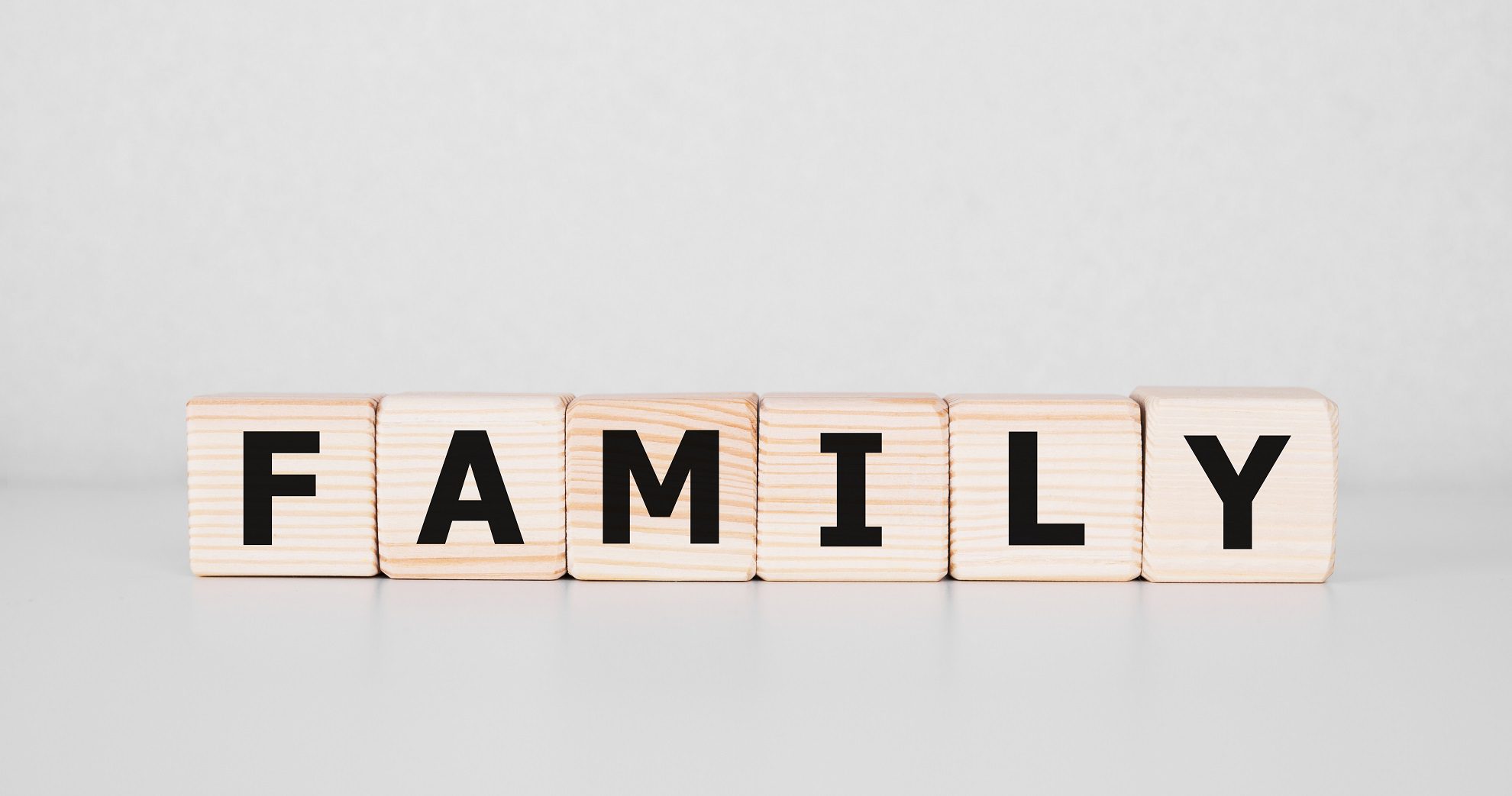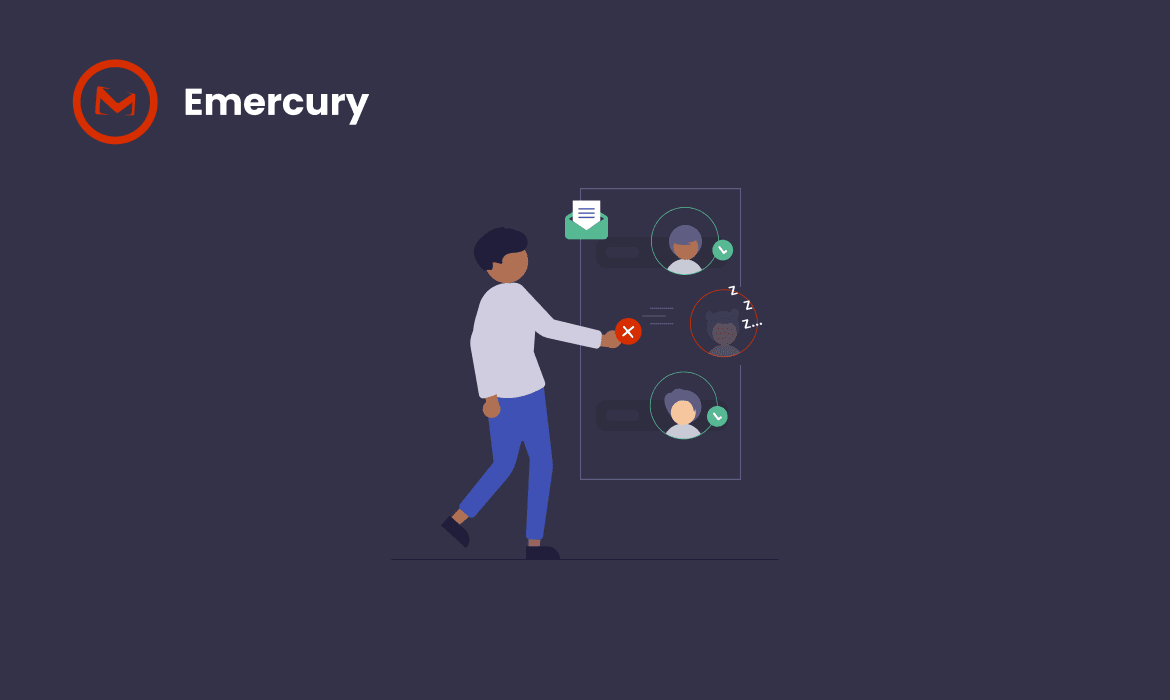
Everyone knows you need to be using automated emails in your business today. But with the sheer amount of things that you can do and automate, where do you start?
Well, to help break the overwhelm, we compiled a list of the 12 types of automated emails you need to implement in most businesses. All of these are easy and straightforward to get and implement, yet will bring a very solid return on your investment of time and effort.
Welcome Emails
While the other automated email types in this guide are in no particular order, welcome emails are number one for a reason. This is because every single business needs to have an automated welcome email, or even an automated welcoming sequence.
It is the single best thing you can do to get subscribers engaged with you as an email sender. It guarantees that they will remember who you are when you email them, improving deliverability and conversion rates in the long run. And, as a bonus trick, you can use the welcome email itself to produce some sales as well.

As a general rule, a welcome email or series should achieve a couple of standard goals
– Set a good first impression
– Introduce them to your brand and your mission
– Remind them how they signed up and why
– Sell them on the value of them emails that they will be getting and set the expectations in terms of volume and frequency
– Deliver a lead magnet if this was part of the deal
– Potentially offer a coupon or special “welcome bonus” towards making a purchase
– Alternatively offer a next-step or action that you want them to take
Welcome emails have the highest open and click-through rates, so you definitely don’t want to fail at leveraging that. Depending on your business model your CTA options may vary. If you sell a variety of products, coupons work best. If you provide a service, then you need to look at the customer journey map. What is the next step towards becoming a customer? You want to use the welcome email to encourage them in taking that step.
If you want to learn more about welcome emails, check out our super popular guides on the subject. For example you can learn more about welcome email best practices, check out the detailed guide on creating a welcome email series, or look at these 8 ready made templates.
Onboarding Emails
If you deliver a service online, then onboarding emails are just as important as welcome emails. Most people think of them as something that you use if you run a SaaS. However, you can use onboarding emails for any kind of service where you have users and deliver a service online. For example if you run a membership site with online courses, you still have users and the onboarding process is the best way to get them to use more of your service.
Typically you will have multiple automated onboarding emails that trigger on different criteria. For example, one might trigger the moment a user signs up, another after 4 days pass, and so on.
Additionally, you would personalize either the content, or have different triggers based on how they are using your service. If they signed up 10 days ago, but still haven’t checked out a given feature, you might send an email that nudges them to check out that feature.
You can learn more by checking out our guides on Best Practices for Email Onboarding as well our very popular SaaS guide Email Automation for SaaS Companies: Onboard, Convert Trials & More.
Thank you emails
These emails are probably the only other type of email that you will see which gets the kind of high open and engagement rates that you see with a welcome email. And I actually think it’s useful to look at them as a second chance at a “welcome email”.

You can send these thank you emails for the obvious things such as signing up for your paid service or purchasing a product. You can however send them for a variety of situations where people signup for, or take a valuable action that you can thank them for.
That might include filling out a feedback form, trying out an experimental feature in your product, signing up for a webinar or signing up for a specific educational email series.
Email nurture series
While technically all of email marketing is “nurturing” in a sense, when we use the term we are referring to something more specific. It is when a customer demonstrates interest in something, and we send targeted emails to bring them closer to a conversion.
This is the situation where a person is interested in what you offer, but they’re not yet ready to buy. Typically this is because you need to build more trust or deepen the relationship.
There are multiple ways to accomplish this and it includes sharing case studies with people, demonstrating social proof and educating people on your product or giving and sharing valuable tips and tricks in general.
A special note if you were wondering: nurturing series do not exist in a vacuum. Depending on how people get onto your list, your welcome email might be part of the nurturing series. Same with your onboarding process. There is no clear delineation or distinction between nurturing emails versus welcome emails and onboarding emails and sometimes both can be part of the nurturing series.
Personalized educational series
This is another one of those situations where there is somewhat of an overlap between this type of automated email and other types. As for example many onboarding emails are educational in nature, but not all of them are, and they are specific to onboarding a “user” such as in a SaaS business.
However, providing value through educating your subscribers is something that all email list owners should be doing to improve engagement and build trust and loyalty. What you educate them on will depend on your business model. You might be educating them about your service or product. Alternatively, you might be educating them about getting results in general.
Let’s say that you offer services to dentistry offices. You might educate them about your product. Or you might send an educational series that educates them on how to run and grow their dentistry business.
Since you’re doing these as automated emails, the triggers can be anything you choose and can get quite personalized. It might be as simple as triggering an educational sequence after they’ve been subscribed for x amount of time. Or, it might be a bit more personalized.
If you’re following their customer journey using events and gathering data points, you should be able to tell when a person is ready to get educated about a certain topic. So your triggers can be set up based on meeting those conditions. To learn more about these ideas check out our guide on email personalization.
Cross-sell and Upsell Emails
If you do not have automated cross-sell and upsell emails, you are literally leaving money on the table. This is a form of profit that you merely need to claim.
You see, there is one established fact in all sales, and that is the fact that people are the most likely to purchase something when they’ve already made a purchase. Especially when that additional purchase complements or “upgrades” the first purchase.
To learn more about all of this, check out The Beginners Guide to Up-sell and Cross-sell Emails.
Milestone, Birthday or Anniversary Emails
Marking milestones is very powerful and there is a reason why it exists in every human culture and it is such a big deal in gamification systems. People feel a sense of reward when they reach a milestone and it is marked and recognized.
Depending on what customer data you have on hand, you can celebrate different milestones. If you happen to have the subscriber’s birthday date, you can send a birthday email. If you run a service, you can do things such as celebrate milestones inside of your service, such as “first course completed”, or “completed all 10 onboarding tasks”. Whatever you decide to go with.
And as a last choice, if you don’t have other types of data that you can turn into a milestone, the subscriber status itself can be a milestone. For example, you can celebrate their being on the list for a year.
Survey and Feedback Emails
You have probably noticed that all highly reputable and successful companies tend to send you emails asking for feedback or linking to survey forms. This is no accident and there is a reason why everyone is doing it.

Now, just to be clear, depending on the situation, you could also use a broadcast to send an email like this. Let’s say your company decides that you need to learn more about a topic, so you broadcast a survey to an entire segment all at once. That also works.
However, in this case we’re talking about automated surveys and feedback emails. This means that they would be based on some trigger which makes sense. For example, in a SaaS it could be x days since they’ve started using a certain feature or the product in general. In other situations it could be based on the number of days since they’ve been subscribed to your list.
You could even base it on their membership in different sequences. For example, some of your subscribers may enter a specific educational sequence. When that sequence ends, you can have an automated email that asks people whether they enjoyed the educational series and want more such information.
Winback and reactivation campaigns
The fact is that your subscribers will eventually go stale. Some sooner rather than later. That means they will stop engaging with you and your emails. This doesn’t mean that they have to remain inactive forever.
If you do a good job at executing a re-engagement series, you can recover “lost subscribers”. To learn more about how to do this, check out our guide: How to Make a Killer Re-engagement Email Series and Win Back Lost Subscribers.
Additionally, if you’re in one of those businesses where you have a service with “users”, you can consider re-activation campaigns for the users that have stopped using the service. This might be accomplished using a variety of ideas.
For example you can send emails telling them about all the features and benefits you have implemented since they last used the product, or send an email offering a generous coupon to nudge them to give it another try.
Just-in-time Coupons or Discounts
One of the reasons that advanced marketers love events is that they allow you to respond to points in the customer journey as they happen. And one of the best use-cases is to send a special offer to someone based on their behavior, in real-time.

For example, if they visit your pricing page 3 times, trigger an automated email with a discount offer, to nudge them to complete that purchase they are on the fence about.
Conversion nudge emails
Speaking of people that are on the fence, there are multiple ways to nudge people towards converting. The above example with sending a coupon is just one of many.
The obvious example is the abandoned cart email, where you fail to complete an order, and you get an email encouraging you to finish it. But you can utilize something similar in any kind of business.
For example, if someone visits the purchase page for your product, and within 24 hours they are still not a paying user, you can send an email nudging them to do a one-on-one demo or consultation call with you or someone on your sales team. That might be just what they’re missing to go over the line.
Loyalty or referral program emails
Building a sense of belonging to a community is one of the main goals that your email marketing should strive for in general. You can go a step further than that though, and whether you have a loyalty program or a referral program, you should have automated emails to promote such programs.

Now, it is possible to get pretty complex in terms of developing automated emails around such programs. However, to start, it’s a good idea to at least automatically promote said programs when certain obvious criteria are met. For example if someone has used your product for x days, been on the list for x months or anything that you think is a valid set of criteria.
Get a partner on your side
There’s no need to go at this alone. While we do put out a lot of free content to help you, nothing beats a one-on-one conversation. In these articles we try to help clarify things as best as possible. However, every business is different, so we have to generalize.
If you want to understand better how to implement automation in your specific business, let’s have a chat. At the moment I am still able to do some free demos, so be sure to book one while I can still do these.
I would love to hear about your specific needs, challenges and any confusion you might have about best practices. And then, help you see how you can use Emercury to improve your bottom-line.
Alternatively, or in addition to booking a free demo, you can also grab a username for our forever-free-plan while we still have it. It’s probably the most generous email marketing automation plan on the planet. We include almost every feature in this plan, with very few restrictions.
Remember, you get to keep this plan for life, for free… Provided that you grab a username while registrations are still open. Be warned, we might decide to pull this way-too-generous offering at any point. So click that link to check if we still allow registrations.



